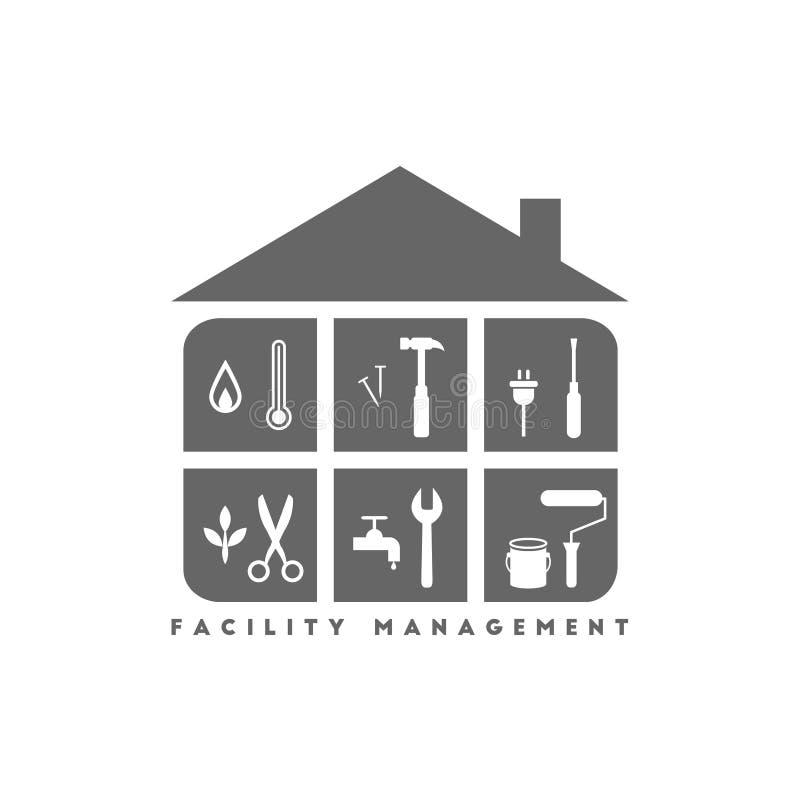Leading Benefits of Total Facility Management for Streamlined Workflow
Total Facility Management (TFM) stands for a tactical strategy to improving functional effectiveness by incorporating various solutions, such as maintenance and safety, under a unified management framework. The inquiry stays: what details advantages can companies harness from adopting TFM, and exactly how might these advantages transform their functional landscape?
Boosted Operational Performance
Enhanced operational performance is a primary benefit of applying total facility management (TFM) approaches. TFM encompasses a detailed strategy to managing a facility's sources, procedures, and infrastructure, eventually enhancing procedures. By consolidating different solutions-- such as upkeep, safety, area, and cleansing management-- TFM minimizes redundancies and enhances sychronisation among various operational functions.
The combination of innovation more intensifies this performance. Advanced facility management systems supply real-time information analytics, allowing facility managers to make educated decisions that improve workflow and resource allocation. Predictive upkeep strategies, for instance, prepare for devices failings before they occur, reducing downtime and extending property lifespan.
Additionally, TFM advertises standard procedures throughout numerous divisions, making sure consistency and quality in service distribution. This harmony decreases operational disruptions and cultivates a much more collaborative workplace. Consequently, workers can concentrate on their core duties, driving efficiency and enhancing total efficiency.

Cost Reduction and Financial Savings
Executing total facility management (TFM) not only enhances operational effectiveness yet also dramatically contributes to cost decrease and savings. By settling numerous services under a single management framework, companies can eliminate redundancies and enhance procedures, thereby decreasing functional prices. TFM enables better procurement methods, permitting companies to work out bulk getting arrangements with suppliers and provider, causing reduced rates.
Moreover, TFM emphasizes preventive maintenance, which lessens unforeseen malfunctions and expands the life-span of critical equipment. This proactive approach not only reduces repair costs but also enhances the reliability of facilitiess, ensuring uninterrupted procedures. In addition, power performance efforts, commonly a crucial focus of TFM, result in substantial savings on energy costs, as facilitiess are enhanced for decreased energy intake.
Improved Source Management
Effective source management is a foundation of total facility management (TFM), allowing organizations to optimize making use of their properties and workforce. By executing TFM strategies, companies can adequately examine their resource appropriation, making certain that every possession is utilized effectively and effectively. This all natural method permits the recognition of underperforming sources and the possibility for reallocation or enhancement.
Additionally, TFM facilitates the integration of technology for real-time surveillance of resources, which aids in forecasting maintenance demands and avoiding costly downtime. By leveraging information analytics, organizations can make educated decisions regarding resource implementation, ultimately improving productivity and minimizing waste.
Furthermore, TFM advertises a culture of constant renovation, motivating groups to frequently evaluate and fine-tune their source management methods. Total Facility Management. This aggressive stance not just minimizes operational disturbances but likewise cultivates innovation, as workers are encouraged to suggest enhancements based upon their firsthand experiences with resource use
Streamlined Interaction Channels
In total facility management, structured interaction channels play a vital duty in fostering partnership and performance throughout teams. Effective communication makes sure that all stakeholders, consisting of facility managers, maintenance staff, and provider, are straightened with operational demands and business objectives. By developing clear lines of interaction, groups can promptly address issues, share updates, and go right here execute solutions, thereby reducing downtime and improving efficiency.
With streamlined interaction systems, info is quickly available, permitting real-time updates on upkeep learn this here now requests, resource allotment, and project timelines. This transparency not only reduces misunderstandings but additionally encourages staff members to make enlightened choices swiftly. Moreover, streamlined communication facilitates better control throughout emergency situations, guaranteeing that all workers are informed and can react without delay.

Increased Focus on Core Activities
A crucial benefit of total facility management is the increased concentrate on core activities, enabling companies to focus on their primary company goals - Total Facility Management. By contracting out non-core features such as maintenance, safety and security, and cleaning, business can redirect their resources and energy towards tactical initiatives that directly add to their affordable benefit and development
Total facility management integrates various functional jobs under a solitary umbrella, promoting effectiveness and reducing redundancy. This debt consolidation not just enhances processes but also boosts liability, making certain that every element of the facility operates sympathetically without drawing away interest from what really matters-- core business features.
In addition, this technique allows employees to dedicate their time and initiatives to jobs that drive development and improve consumer contentment, instead of getting bogged down by functional difficulties. With a reputable facility management partner handling daily operations, companies can accomplish greater dexterity, respond promptly to market modifications, and keep a sharper concentrate on their mission.
Inevitably, enhanced emphasis on core activities causes improved general efficiency, enabling companies to strengthen their market setting and fulfill their tactical objectives better. - Total Facility Management
Conclusion
In verdict, Total Facility Management considerably improves functional performance by settling essential services and leveraging data analytics for informed decision-making. Cost reductions and improved resource management add to total financial savings, while structured interaction networks foster cooperation amongst stakeholders.
Total Facility Management (TFM) represents a strategic approach to enhancing operational performance by incorporating numerous solutions, such as maintenance and safety and security, under a unified management structure.Boosted functional effectiveness is a primary benefit of applying total facility management (TFM) approaches. Advanced facility management systems offer real-time data analytics, making it possible for check out here facility supervisors to make enlightened decisions that improve workflow and source allowance.Executing total facility management (TFM) not just improves operational efficiency yet likewise considerably contributes to set you back reduction and savings.Reliable resource management is a foundation of total facility management (TFM), making it possible for companies to enhance the use of their properties and labor force.